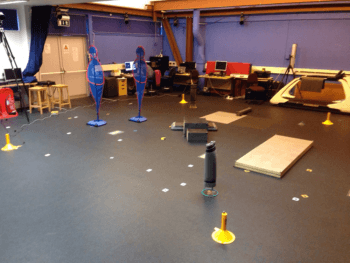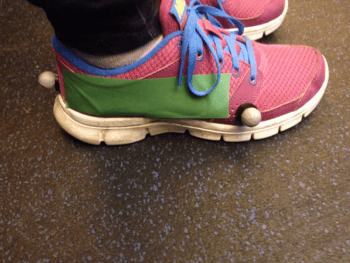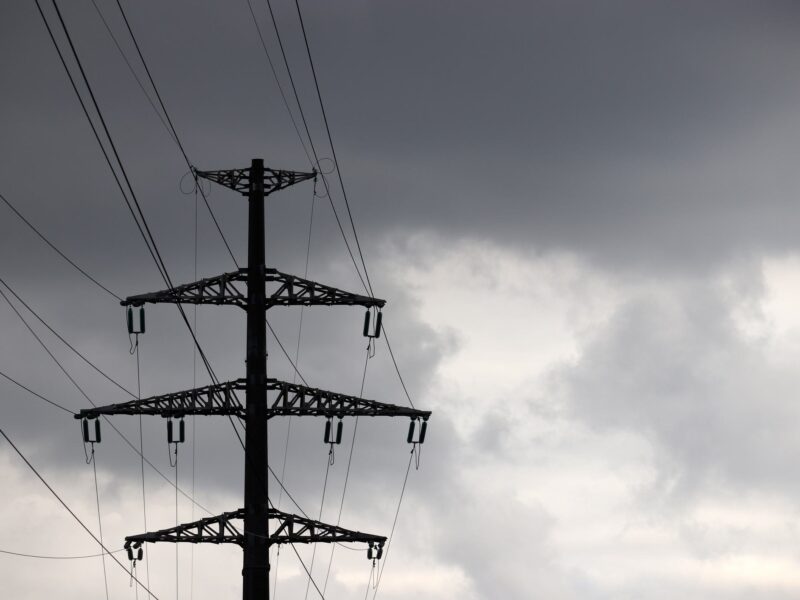Researcher Confirms Walking And Texting Not Best Idea

The mark of a true multitasker used to be walking and chewing gum at the same time, but get in a crowd of pedestrians these days and you’ll see less chewing and more texting. Viral videos abound showing distracted walkers falling into fountains or running into buildings – one guy nearly ran into a bear! And while these distracted pedestrians are giggle worthy, some would even say “annoying,” according to a researcher at Texas A&M University who has studied the phenomenon, the practice could be dangerous.
“I walk and text all the time,” admits Texas A&M senior Adriana Nelson. “You don’t want to miss out on anything – you want to be informed about what’s going on.”
Conrad Earnest, a research scientist at the Exercise and Sport Nutrition Lab, said he was walking one day and was “totally frustrated by the drunken weaving about of texters. I thought this would be interesting to study in terms of risk for tripping and falling.”

Earnest and his co-authors, who published their findings in the journal PLOS ONE, set up an obstacle course and invited participants to navigate the course walking normally, texting and walking, and texting and walking while being further distracted with a math problem. “We elected to build an obstacle course that imitated common barriers pedestrians might encounter during their walking day and measure a number of walking characteristics with standard techniques used in biomechanics,” he says, adding they elected to include the math challenge as a way to standardize each treatment condition.
Among their findings, Earnest says when compared with the non-distracted walkers, the texting and cognitively distracted participants took longer to complete and deviated from the path. “Distracted people slowed their walking speed, took more steps in their approach to common obstacles, and increased the height of their step to go up steps and over curbs,” he notes. “Interestingly, we did not see an increase in what we called ‘barrier contacts,’ which were used as a surrogate measure for tripping.”
So while participants may not have been “tripped up,” so to speak, the researchers were able to use the results to hypothesize that the slowed walking pace coupled with path deviations will eventually cause a trip-and-fall incident. “This probably not too much of a jump considering recent statistics examining injury to teenagers involving pedestrian-related car accidents,” Earnest explains. “Thirteen percent of teenagers who were hit or almost hit by a car didn’t look properly while crossing. If inattentional blindness is a part of the reason, this is likely exacerbated by smartphones, where one can listen to music, text, email and even watch videos, relatively all at the same time.”
Earnest says the takeaway here is that walking and texting is much like developing any healthy lifestyle habit such as dieting and exercise. “Eventually one has to exercise due diligence and self-protection,” he notes. “Perhaps a good middle ground is that if a text or email really can’t wait, then ‘pull to the side’ — stand still, answer the text and continue along.”
For her part, Nelson says she’s trying to work on her walking-and-texting habit. “Lately I’ve started trying to look up more,” she laughs. “Really it’s more sad than annoying because people aren’t saying hello to each other anymore. I think we should put our phones down and look more at each other.”
Media contact: Lesley Henton, Texas A&M Division of Marketing & Communications.





